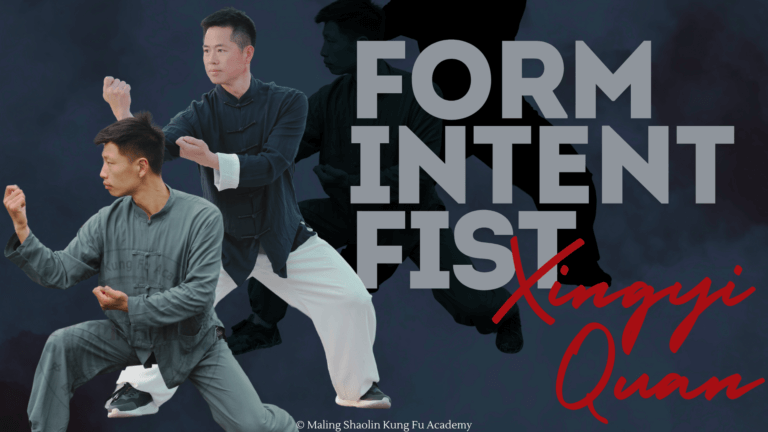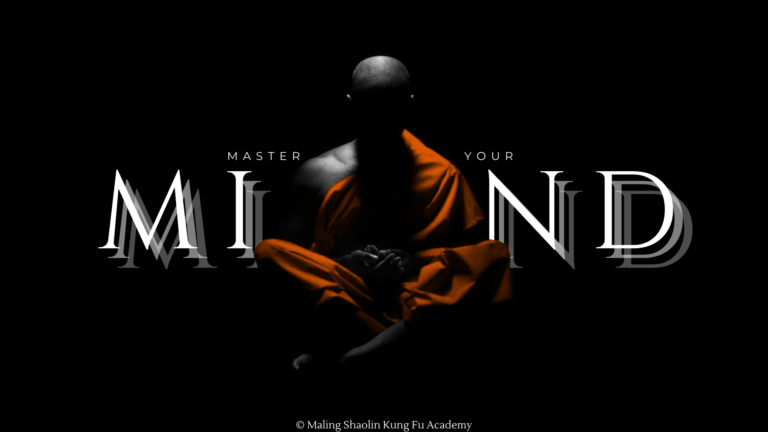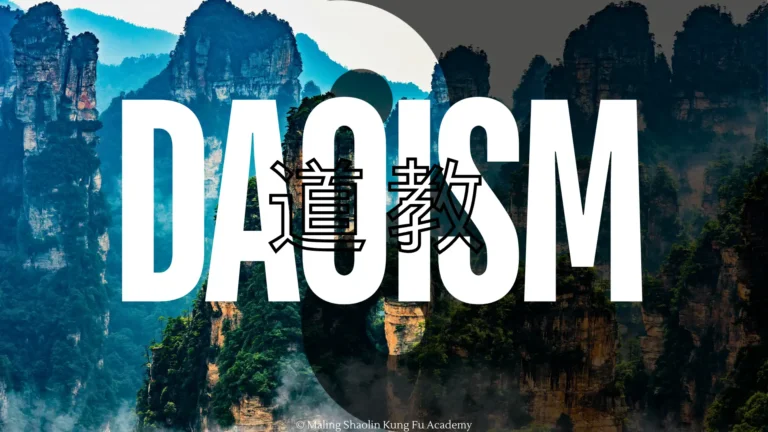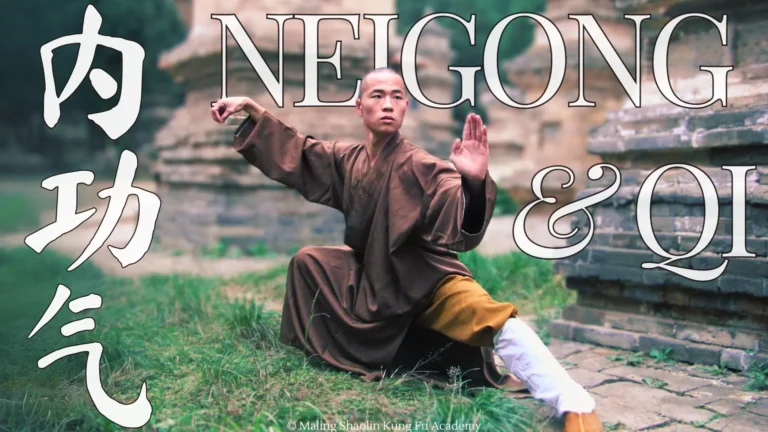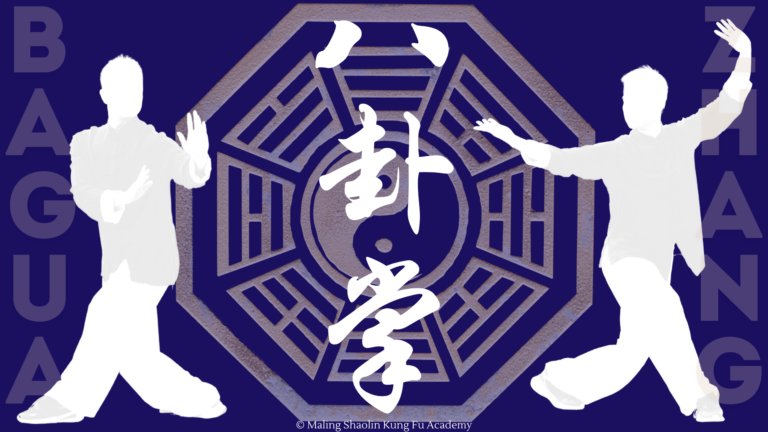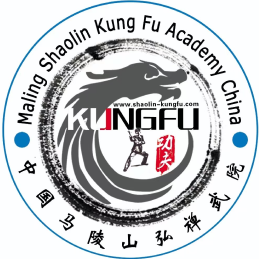Xingyi Quan’s Twelve Animal Forms

Xingyi Quan, one of the three main internal Chinese martial arts, incorporates movements and strategies inspired by twelve animals. Each animal form embodies unique characteristics and fighting strategies, allowing practitioners to adapt to various combat scenarios.



